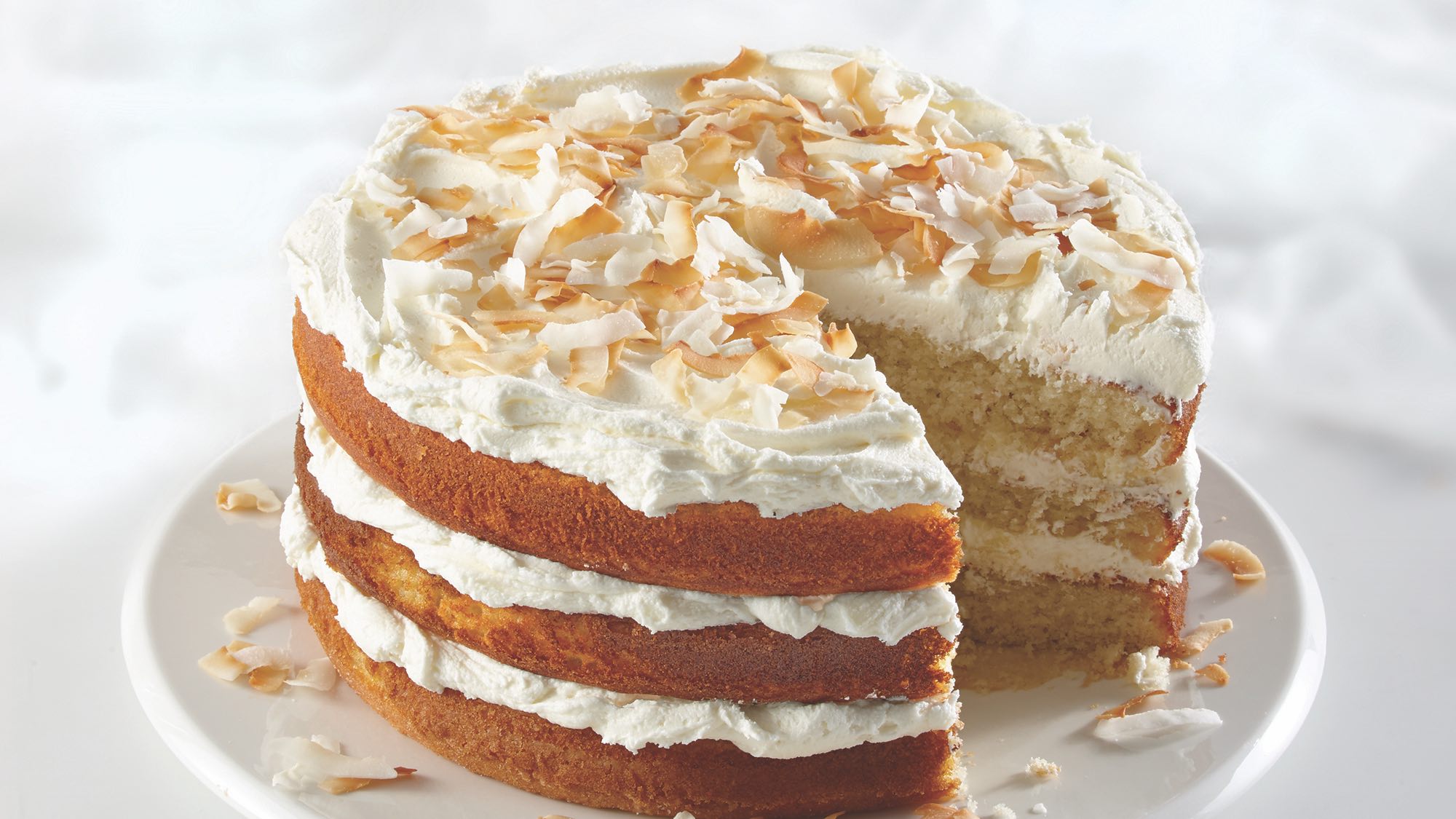Macarons and macaroons: two cookies that have similar names but not much else in common. That sneaky second “o” is the difference between a sophisticated, almond flour-based sandwich and a more rustic, coconut-packed treat.
What do they have in common?
Coincidentally, both macarons and macaroons rely on egg whites rather than the more common leavening agents, baking soda and baking powder. And, since neither cookies are made with a wheat-based flour, they are both light, fluffy, gluten-free, and kosher for Passover. But even though macarons and macaroons have a few surprisingly similar features, they really are entirely different desserts.
What is a macaron?
A staple of French patisseries, macarons (pronounced “mac-uh-rohns”) are one of the most elegant cookies in the world. Their ingredients have remained relatively straightforward: almond flour, sugar, and egg whites; vanilla extract and other, natural flavorings are often added as well. Although most macaron recipes can be finicky and laborious, they’re well worth the effort. It usually requires forming an Italian meringue, where a hot sugar syrup is whipped into egg whites to form glossy, stiff peaks. The remaining ingredients are sifted, then folded in before it all gets piped into perfectly round, thin circles. If done correctly, the baked cookies should have a smooth, shiny shell and an airy interior, with a subtle almond flavor. Two cookies are sandwiched together and filled with a layer of buttercream, ganache, or jam. Since macarons come in many different colors and flavors, they’re often served in sets – a beautiful, edible gift for any sweet tooth.
What is a macaroon?

Blanchi Costela / Getty Images
While macaroons (pronounced “mack-uh-roons”) are most commonly recognized as a Passover dessert for Ashkenazi Jews, they can and should be eaten year round. To make a standard macaroon, coconut flakes are mixed with sweetened condensed milk, whipped egg whites, vanilla extract, and salt. The batter is scooped onto a baking sheet in mounds, then baked until golden brown. They’re either eaten as is or dipped in chocolate for a delicious, Mounds candy-like variation. Either way, macarons are super chewy, sweet, and packed with coconut flavor.
Where did they originate?
The fact that macarons and macaroons have similar names is no coincidence. Both names were likely derived from the Italian word, “maccherone,” meaning, “fine paste.” Macarons and macaroons can be traced back to the eighth century in southern Italy, when Arabs settled in Sicily and brought almonds with them. It’s thought that the Italians created a cookie similar to an amaretti, made with almond flour, egg whites, and sugar.
From there, the cookie went down two very different paths. The first remained in Italy, where Italian Jews adopted the unleavened treat upon realizing that it would make a great Passover dessert. By the 19th century, the almond flour was replaced with shaved coconut to lengthen its shelf life, inventing the macaroon that we are familiar with today. Another version of that almond cookie made its way to France in the 16th century – some theorize it was by way of traveling nuns, while others believe that the Italian Catherine de’ Medici introduced the cookie to France after marrying Henry II. That simple recipe evolved into the sandwich-style macaron by the 1890’s, the first of which was found at La Maison Ladurée in Paris.
This article was written by Amelia Schwartz from Food & Wine and was legally licensed through the Industry Dive Content Marketplace. Please direct all licensing questions to legal@industrydive.com.






